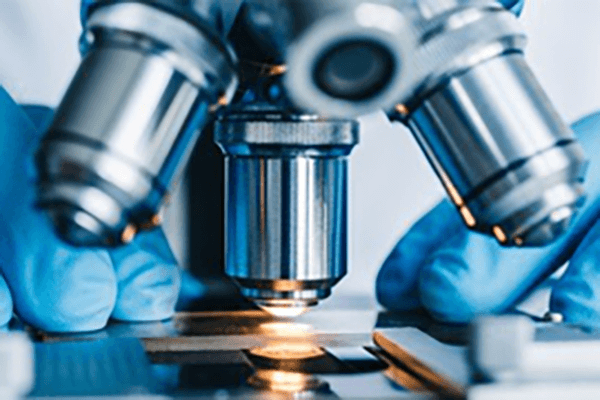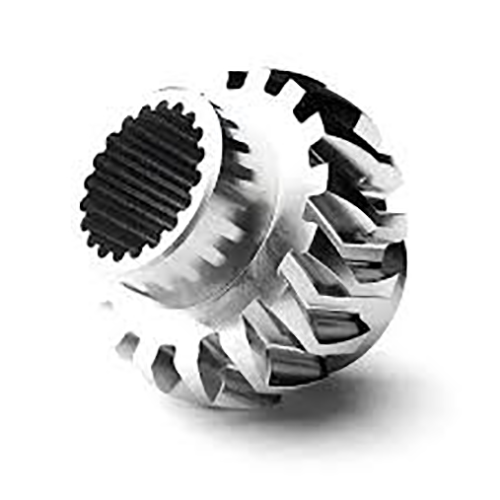
Realizing precise finish on a turned or milled piece becomes necessary.
- Engineering annotations specify detailed surface expectations for components
- These callouts often use terms like "Ra," which stands for arithmetic mean deviation to quantify the surface roughness
- Appreciating callout details is key to ensuring product functionality
- A well-defined surface finish can impact factors such as lubrication, friction, and durability
- Precise decoding of callouts secures the specified finishing outcome
Precision Principles of CNC Machining

Programmed machining operates as a leading production process employing digital instructions the machinery forms elaborate parts with exactness.
- This process enables the creation of high-quality parts from a wide range of materials
- Adaptable CNC processes fit the demands of aerospace, automotive, and medical markets
- Numerical control systems guarantee repeatable accuracy between batches
Across R&D to production scale-up CNC machining drives manufacturing evolution
Comprehending CNC Machine Specifications
Understanding equipment specifications can look intimidating initially
That said, foundational understanding plus a method lets you confront technical details
Start with locating core parameters: spindle rpm, feed, accuracy, work envelope, controller
Every listed attribute influences the equipment’s operational capacity.
In practice greater spindle speed often suits ductile substrates whereas higher feed supports productivity.
Grasping those connections helps choose machinery aligned with your needs
Ensure you peruse vendor documentation exhaustively.
It will often provide valuable insights and clarify any technical terminology you may encounter
Complete Overview of CNC Equipment
Automated CNC platforms are computer-commanded systems for precision manufacturing of multiple materials They process programmed G-code to regulate toolpaths and actuator behavior.
- Frequent CNC varieties include mills, lathes, routers, plasma cutting machines
- CNC machining processes are highly versatile and can be used to work with a wide range of materials including metals plastics wood and composites
- Also CNC equipment offers quick turn prototyping and low-volume runs for innovators and labs
Core Concepts of CNC Machinery
They embody an integration of hardware accuracy and advanced software regulation CNC platforms apply programming to fabricate both basic components and complex assemblies The basic principle involves transforming CAD models into real-world components.
- Computer Numerical Control machining
- Programmatic production integration
This process involves a series of precise movements guided by the computer program Technicians are essential for choosing cutting settings, supervising processes, and validating final quality.
Surface Finish's Importance in CNC Machining
Achieving the desired surface finish in CNC machining is crucial It changes how a part performs and how it looks Substrate properties, machining variables, and post-process methods shape surface outcome.
A smooth surface finish can enhance the product's durability while a rougher finish may reduce its effectiveness CNC workflows include varied tooling and approaches to produce intended surface results.
- Example: altering tool nose radius and flute profile |ceramic cutters|feed and speed combinations to realize required texture
- Supplementary finishing like polishing or abrasive grinding enhances surface
Understanding parameter influences helps attain the desired surface quality.
CNC Overview: From Use to Application
Programmed machining provides accurate part shaping across multiple material types They execute coded toolpaths to create intricate parts repeatedly Understanding machine control, programming, and tooling choices is crucial for effective machining
Industries that use CNC range from aviation and automotive to medical and electronics From engine components to precision tooling, CNC enables production of sophisticated geometries
How to Specify Surface Finish for CNC Parts
Accurate finish definition matters when machining parts with CNC It guarantees the finished part fulfills functional and visual criteria Surface finish callouts are typically represented using the system known as the Surface Roughness Ra Noted in microns or millimeters, the value quantifies average texture height.
Evaluate both finish smoothness targets and the operational application before specifying

In many cases fine finishes are necessary for accurate alignment and tight interfaces
Conversely a rougher surface finish could be appropriate for applications where grip friction traction is important
Employ an unambiguous finish note on drawings to specify surface expectations Enter the Ra specification and describe any post-process finishing or treatments.
Observe that unambiguous finish specifications are vital for manufacturing outcomes
Classification of CNC Machines and Uses
The world of CNC machining is vast and diverse with a wide array of machines designed to tackle various types of tasks They integrate CAD-driven toolpaths to guide cutters for precise component production.
- Milling centers craft intricate contours cavities and surfaces by subtractive cutting
- Routers handle flat panel cutting and profiling for non-metal workpieces
- Waterjet tools cut ceramics composites and metals with no heat-affected zone
Pick machines based on material compatibility, feature detail, and dimensional demands Machine-specific strengths enable applications in fields ranging from aerospace to automotive engineering.
Achieving Optimal Surface Finish with CNC Machining
Achieving a superior surface finish is crucial in numerous manufacturing processes and CNC machining offers an exceptional method for achieving this goal Using accurate feed and speed selection plus optimized tool geometry technicians refine cutting action to reduce surface flaws Besides that quality tooling combined with good lubrication practices leads to improved surface results Through careful selection of cutting strategies and meticulous machine setup CNC machining enables the creation of components with exceptional surface quality for diverse applications.
Realizing Finish through CNC Code
Programming mastery of surface parameters is essential for desired outcomes Feed selection spindle rpm and cutter geometry collectively determine texture outcomes Careful selection of these parameters in conjunction with proper lubrication and coolant management can yield a smooth and flawless surface finish.
- Besides that systematic tool upkeep and monitoring ensure sustained surface quality Furthermore regular tool maintenance and inspection are essential for ensuring a consistent and high-quality surface finish over time Moreover scheduled tool maintenance what is a cnc machine and inspection preserve surface performance
- To improve surface outcome account for material, roughness target, and application
- Toolpath simulation enables testing parameter impacts to cut down surface errors
- Moreover scheduled tool maintenance and inspection preserve surface performance
